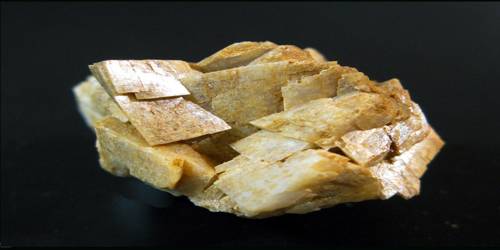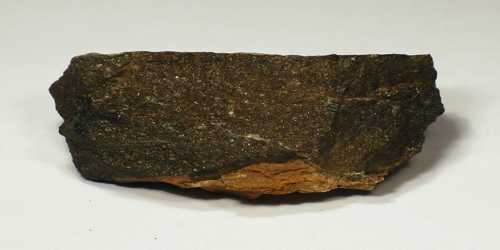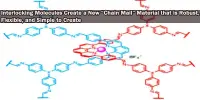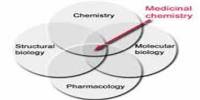Ankerite is a calcium, iron, magnesium, manganese carbonate mineral of the group of rhombohedral carbonates with the formula: Ca(Fe, Mg, Mn)(CO3)2. It forms in iron-rich hydrothermal veins and metamorphic rocks with sulfides and other iron minerals. In composition, it is closely related to dolomite, but differs from this in having magnesium replaced by varying amounts of iron(II) and manganese. It forms a series with dolomite and kutnohorite.
It was first recognized as a distinct species by W. von Haidinger in 1825 and named for Matthias Joseph Anker (1771–1843) of Styria, an Austrian mineralogist. It has been found in Western Tasmania, in mines in Dundas, Tasmania.
General Information
- Category: Carbonate mineral
- Formula: Ca(Fe, Mg, Mn)(CO3)2
- Crystal system: Trigonal
- Crystal class: Rhombohedral.
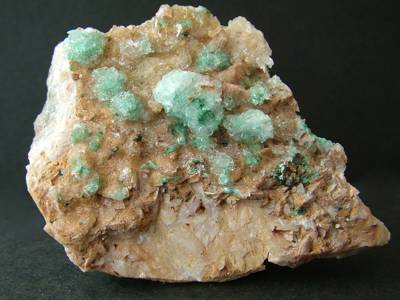
Properties
The crystallographic and physical characters resemble those of dolomite and siderite. The angle between the perfect rhombohedral cleavages is 73° 48′, the hardness is 3.5 to 4, and the specific gravity is 2.9 to 3.1. The color is white, grey or reddish to yellowish brown.
- Color: Brown, yellow, white
- Crystal habit: Chrystals rhombohedral with curved faces; columnar, stalactitic, granular, massive
- Cleavage: Perfect on {1011}
- Fracture: Subconchoidal
- Tenacity: Brittle
- Mohs scale hardness: 3.5–4
- Luster: Vitreous to pearly
- Streak: White
- Diaphaneity: Translucent to transparent
- Specific gravity: 2.93–3.10.
It is chemically and crystallographically easier to explain a transformation from calcite to ankerite to dolomite; than it is to explain the transformation from calcite to dolomite. But the definitive answer is still unknown.
Occurrence
Ankerite occurs with siderite in metamorphosed ironstones and sedimentary banded iron formations. It also occurs in carbonatites. In sediments, it occurs as authigenic, diagenetic minerals and as a product of hydrothermal deposition. It is one of the minerals of the dolomite-siderite series, to which the terms brown-spar, pearl-spar, and bitter-spar have been historically loosely applied.
Information Source:
